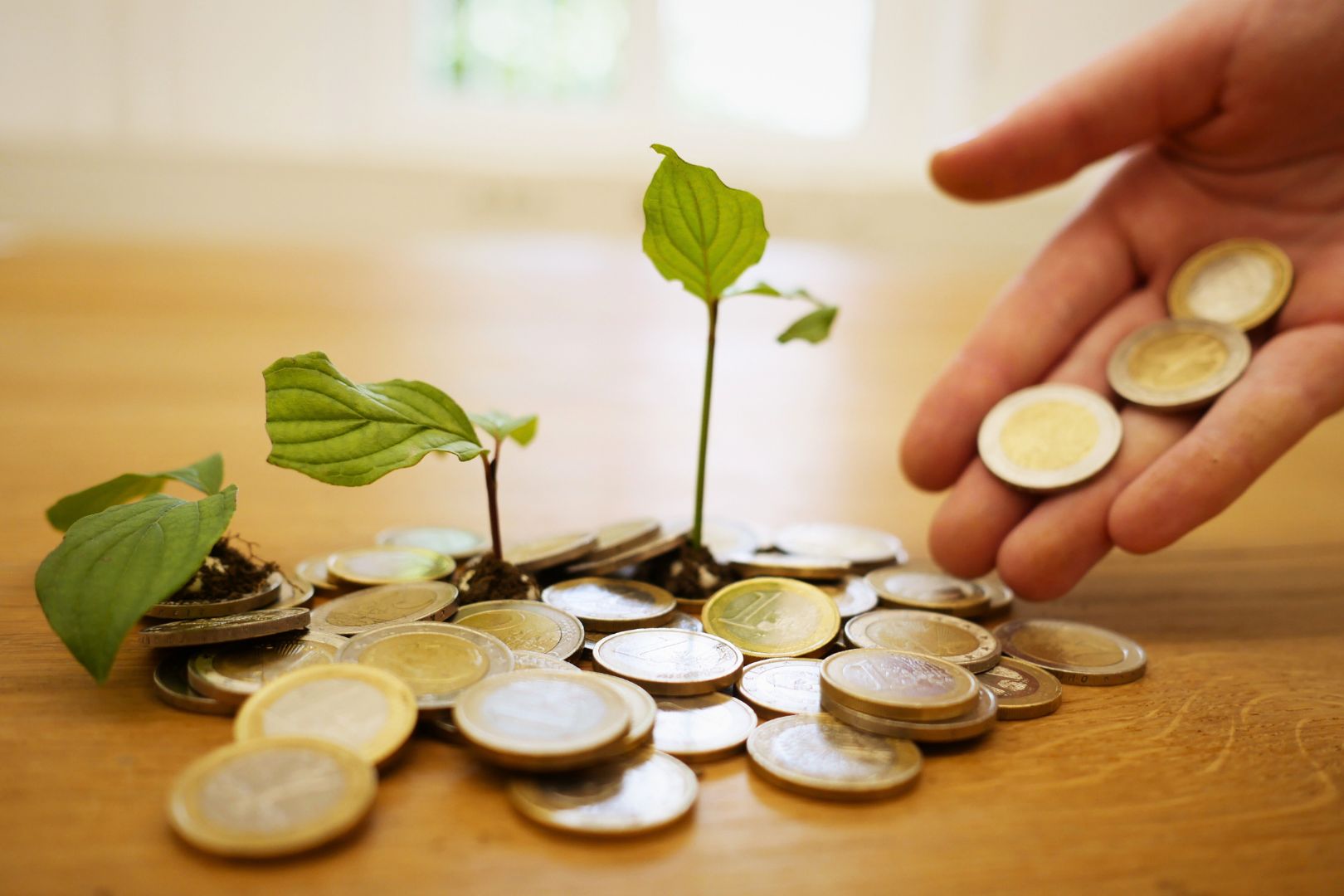In our previous blog post, we delved into the success rate and average budget of the first 2024 call for proposals within Cluster 6, whose last deadline for submission was on 28th February. In this new blog post, we explore the insights that can be extracted from the assessment and provide constructive recommendations for prospective applicants for the upcoming calls under the European funding framework.
Insights into funded Projects
Comparisons with previous years offer valuable insights into funding trends and resource allocation strategies. For 2023, € 798 million were available for Cluster 6 while in the calls for 2024, their budget available was 9% lower (€ 730 million). The average budget per granted project is lower in 2024 (€ 5,024,368.32) compared to the average in 2023 (€ 5,656,371.41).
| Call Figures | 2023 | 2024 |
|---|---|---|
| No. of topics | 106 | 75 |
| No. of grants available | 142 | 135 |
| Total budget | 798,000,000€ | 730,000,000€ |
| Average budget / grant | 5,656,371.41€ | 5,024,368.32€ |
| No of submitted proposals | 452 | 1,333 |
| Success rate | 31.4% | 10.1% |
Compared to the number of topics in 2023 (106), the number of grants available (142) and the number of applications submitted (452), 2024 has been a year with fewer topics, fewer grants available and a much higher participation (almost three times more). The results of the February 2024 call (expected in June 2024) will show the real success rate, considering proposals withdrawn, rejected, or not passing the cut-off.

The two-stage process
Submitting a proposal is usually a single-stage process, and in 2023 there were only single-stage calls in Cluster 6. However, in the 2024 calls, the two-stage process was applied (20 topics in two stages). Given the structure and nature of the first submission in the two-stage proposals (only 10 pages), more submissions are expected during the first stage evaluation, which increases the number of proposals received. The two-stage calls have received a higher number of proposals and therefore the overall success rate is slightly lower.
Below, a breakdown of the figures into single-stage and two-stage proposals can be found:
| Cluster 6 Destination | Average Success rate (only single stage) | Average Success rate (two-stage calls) |
|---|---|---|
| Biodiversity and ecosystem services | 24% | 5% |
| Fair, healthy and environmentally friendly food systems from primary production to consumption | 10% | 16% |
| Circular economy and bioeconomy sectors | 24% | 7% |
| Clean environment and zero pollution | 21% | 8% |
| Innovative governance, environmental observations and digital solutions in support of the Green Deal | 47% | N/A |
| Land, oceans and water for climate action | 35% | N/A |
| Resilient, inclusive, healthy and green rural, coastal and urban communities | 12% | 7% |
| TOTAL | 25% | 6% |
Recommendations for applicants
The ingredients of a winning proposal include an innovative idea, a multidisciplinary consortium, being fully aligned with the scope of the topic and being within budget according to the tasks to be performed by each partner. However, there is a clear need to be aware of the application process, the work programme, the expected impacts and the evaluation criteria for proposals given the increasing competitiveness of the programme. Developing a proposal that explicitly addresses these aspects can significantly increase your chances of obtaining funding.
More posts
#WeMakeInnovationHappen
Do you have an idea for a project, are you looking for a partner for communication or the development of innovative business models, or do you have other innovative initiatives in mind?






